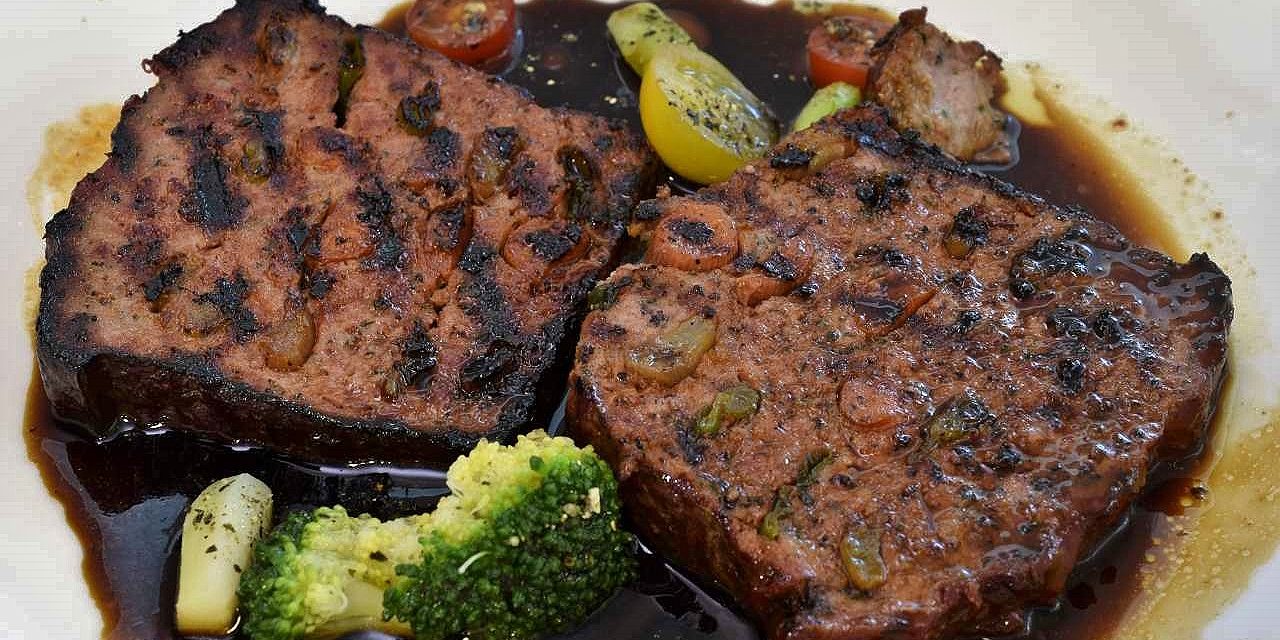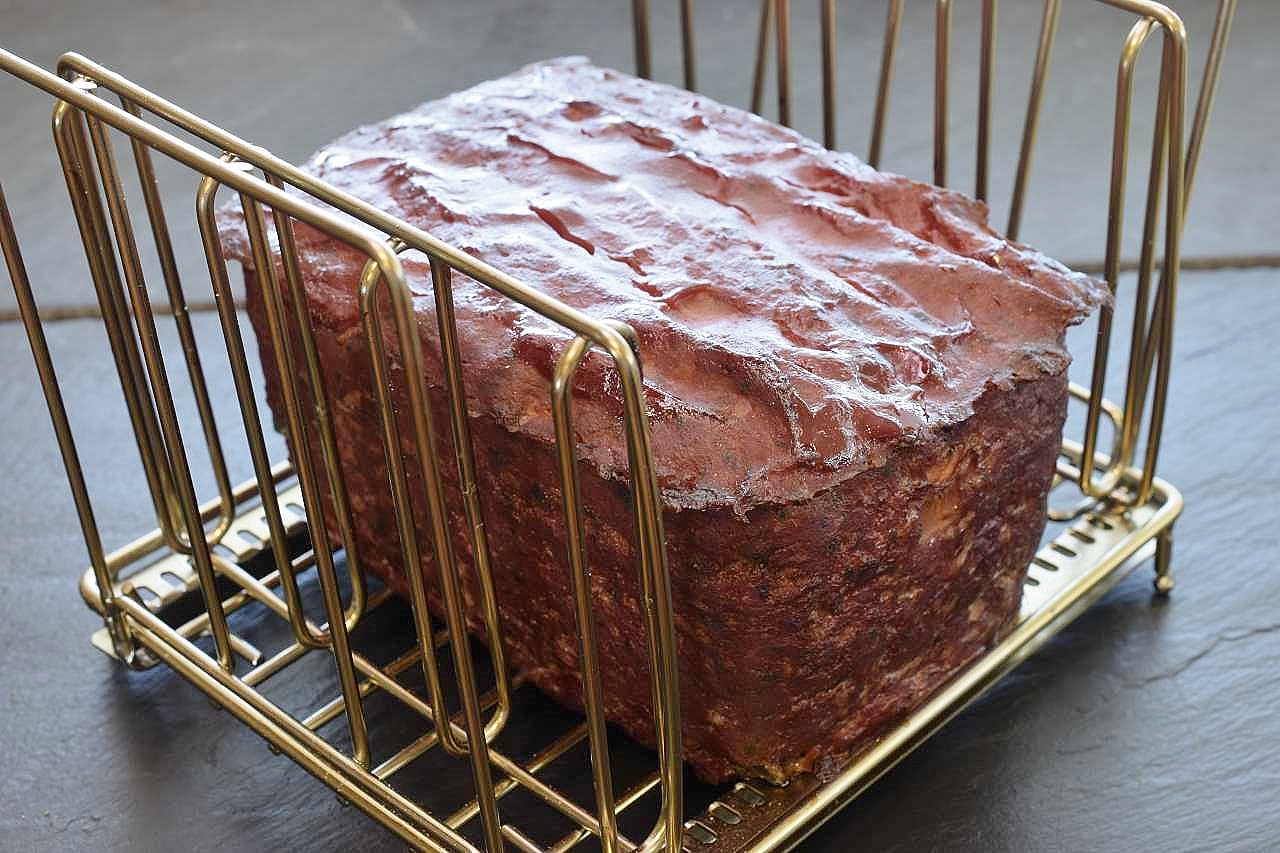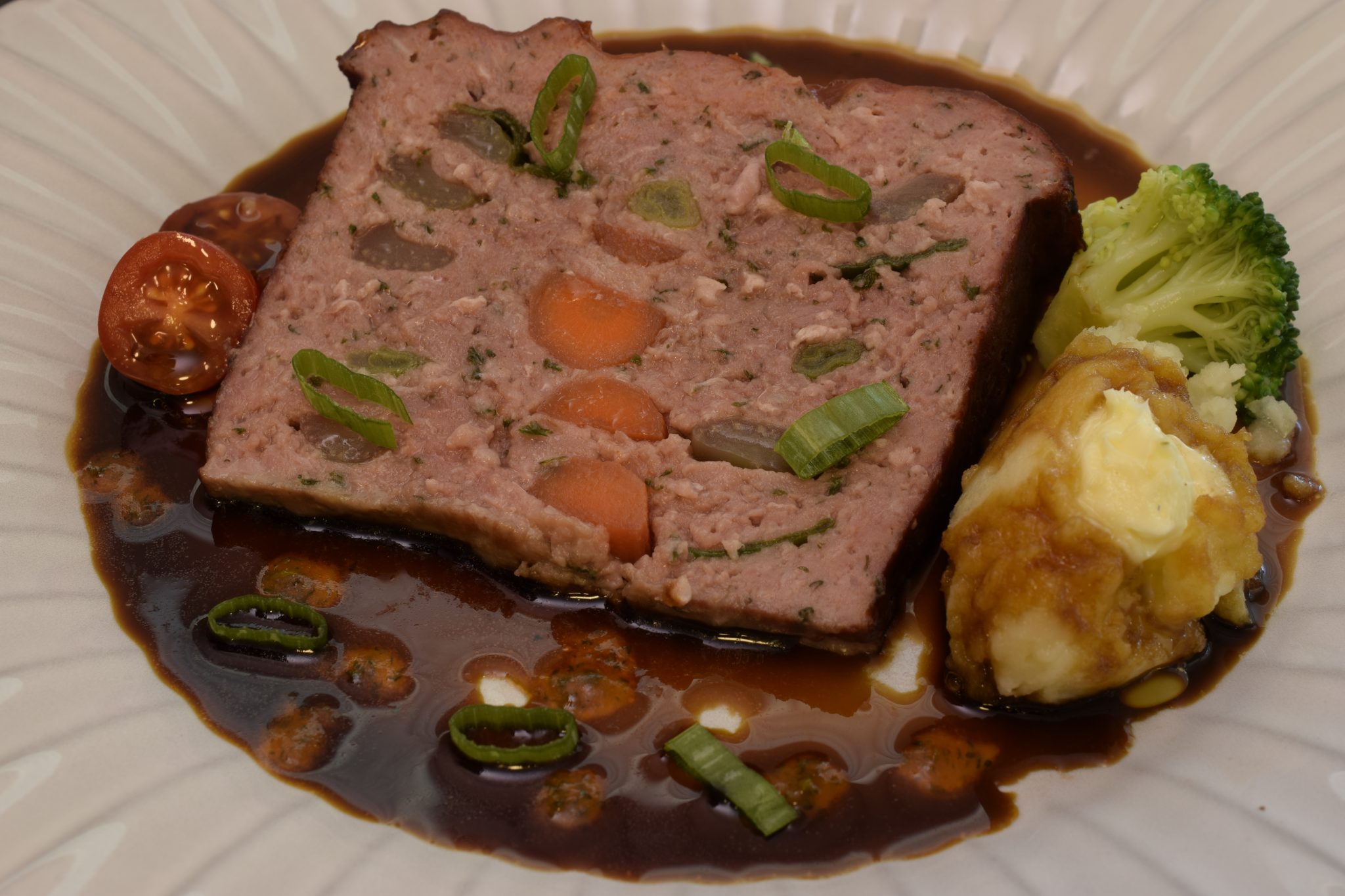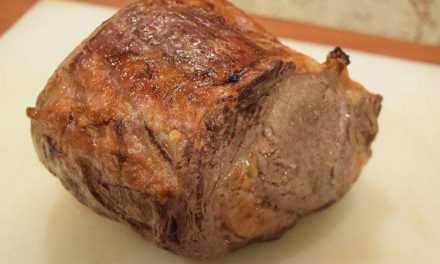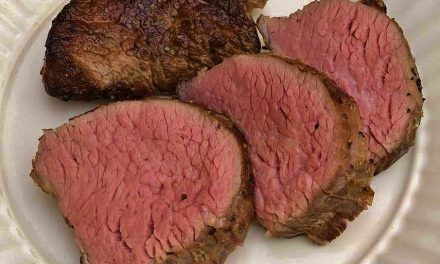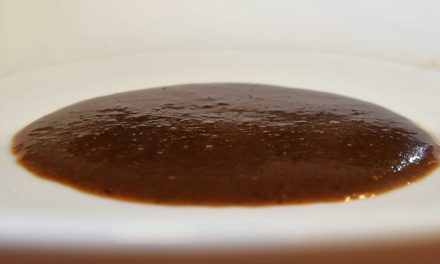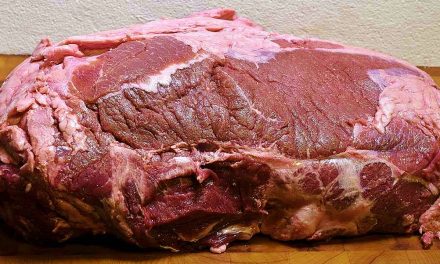What mind?
Meat loaf isn’t usually the first thing that comes to people’s minds when they embark on their journey of sous vide discovery. Does meat loaf really NEED sous vide? Actually, nothing really NEEDS sous vide–we did quite well before sous vide came along. When I talk about using sous vide to make meat loaf, people ask me “how do the results compare to the traditional method?” The question exposes a common misconception about sous vide–that using it requires some sacrifice and compromise; that we may have to abandon our expectations of how meat loaf should “be.”
Sous vide has no intention to transform meat loaf into something other than what it has always been. It will not be as dry as meat loaf that has been ruined/overcooked by traditional means, but a meat loaf cooked properly by traditional means should come out just like this. Sous vide just makes it easier. Even egg bites could be made without sous vide. That’s a commentary for another op ed.
I guess I should warn you
Nobody should be able to tell whether or not something has been sous vide processed unless you tell them in advance. When you tell people that you are serving them meat loaf, you should not have to stipulate that it is going to be unrecognizable because you prepared it using some strange, magical method. They should just think that it is the best meat loaf they have ever had.
Sous vide replaces nothing. Let’s say you always drove a Chevy to work. It got you there, no problem. Being a Chevy, it broke down sometimes. Now you have a newer, more dependable vehicle with a rear view camera and other convenient features. Gets you to work just like the Chevy did. But when you walk into the office, nobody should say “Ah, too bad you had to give up that old Chevy–it was cool. Just not the same anymore.”
We don’ nee’ no stinking recipe
There is no shortage of recipes for meatloaf out there, and there is really nothing special about mine:
- Ground beef, 2.2 lb/1 Kg.
- Egg, one each.
- Milk, one cup.
- Bread crumbs, one cup.
- Salt and pepper and any thing else that I feel like putting in it or not. I don’t run to the store to grab some rosemary just to make meat loaf.
- Ketchup to put on the top.
The recipe/formula for the meatloaf itself is not part of the sous vide method. You want pork or lamb or goat or turkey in there, you go right ahead.
As shown: The carrots, celery and green onions that are layered in to the loaf must be fully cooked before assembly–vegetables require at least 183 F/84 C to denature. Blanche in boiling water and shock. If you toss the vegetables in a little 50/50 beaten egg white/water, they are less likely to come apart from the loaf when you slice. Don’t make an omelet. Just a little. I buy powdered egg white and use a shaker to sift a little bit on them.
The sous vide part
Stage your meat loaf into a suitable container to hold its shape and vacuum. I used a 5 cup plastic container for this model.
Process in a sous vide bath at
140 F/60 C X 6 hours to pasteurize.
Shock in ice water to 70 F so it doesn’t warm up your fridge. Refrigerate the sealed package at 40 F/4 C until you are ready for the next step–it will keep in this state at least two weeks, like a sealed carton of milk.
Dip the sealed package in hot water until the gel inside melts. This also makes it easier to remove the loaf from the container–be careful. Harvest the juices in the pouch and process according to the method described HERE. I stage the processed loaf into a Lipavi steel rack, they’re great for this.
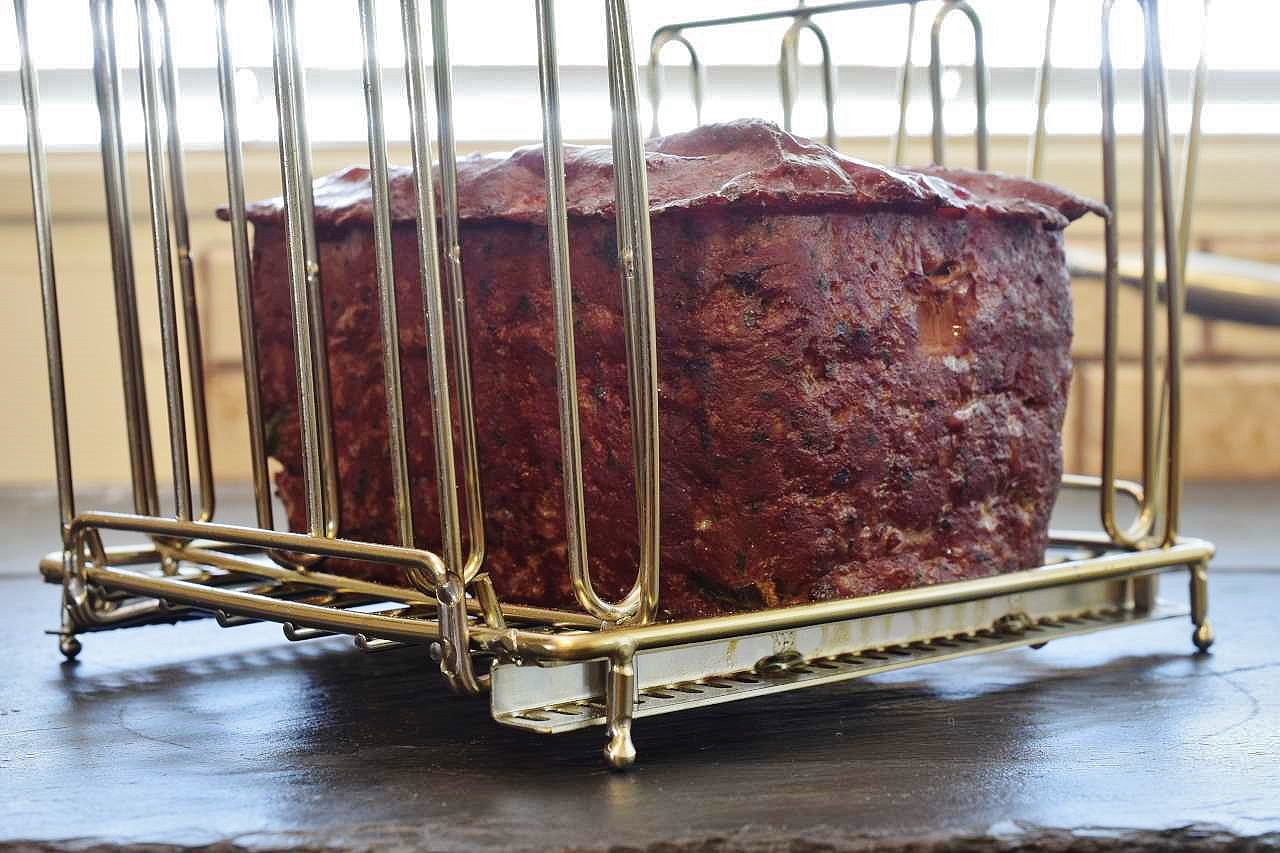
Smoke at 180 F/84 C X 4 hours or roast in your oven at 350 F/176 C X 1 hour or until you get 140 F/60 C internal.
Finishing
After smoking, the loaf can be carved just as you normally would. Combine the clarified juices with our Pan Sauce Concentrate to make your sauce.
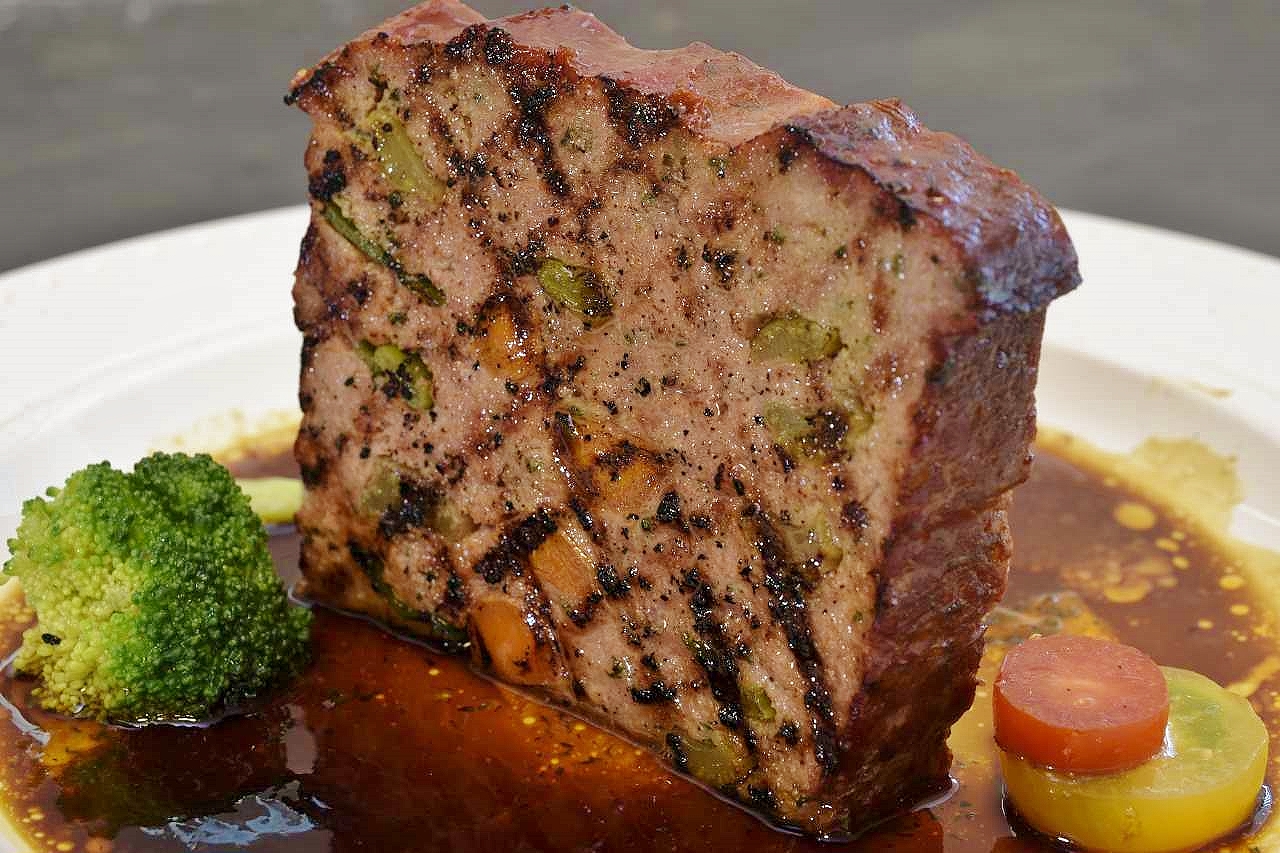 Or,
Or,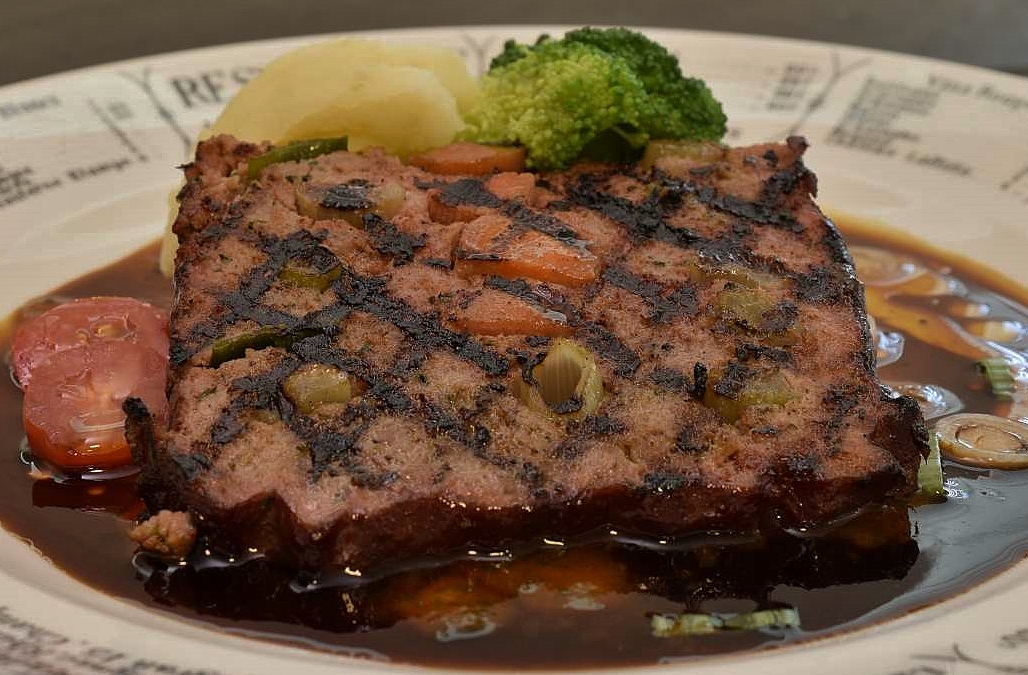
you can allow it to cool somewhat, slice it and grill it as shown.
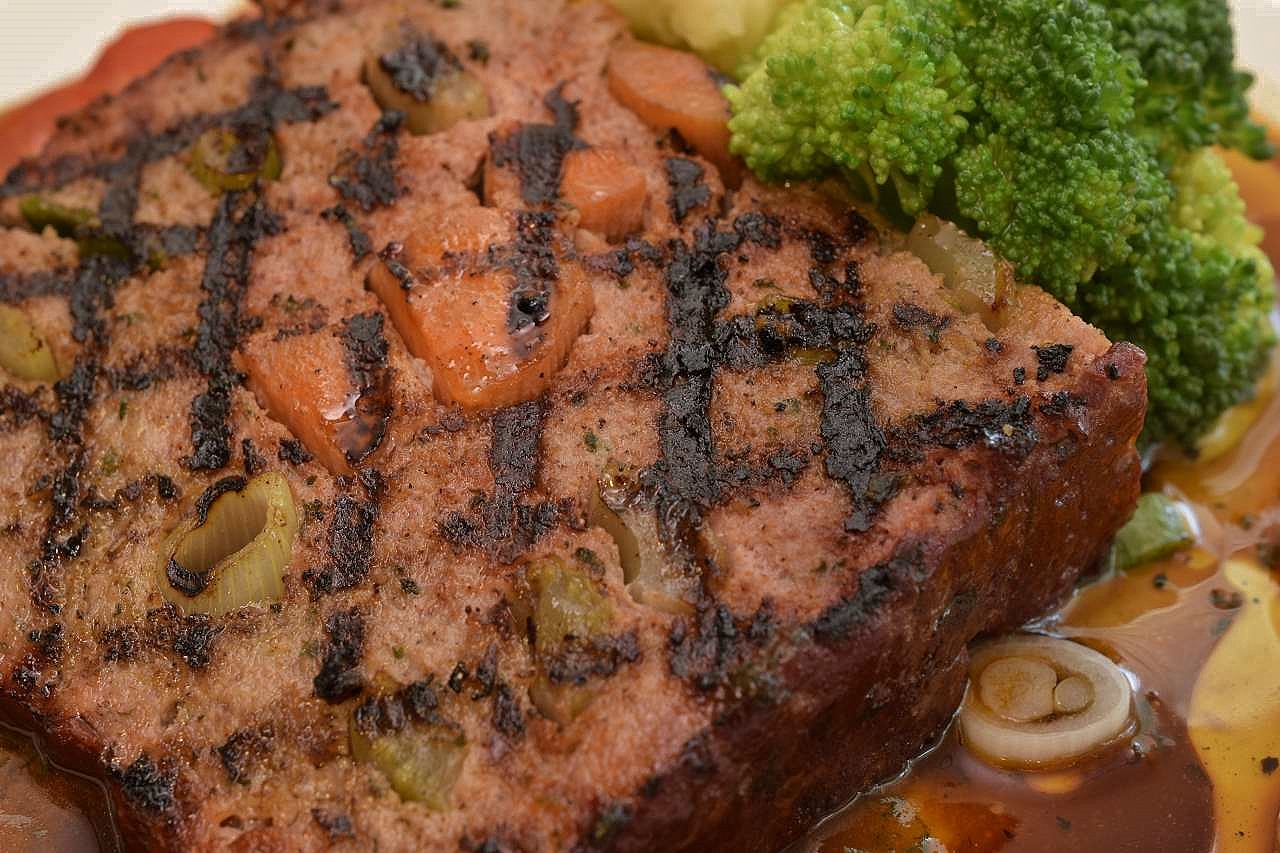
Either way, it’s a thing.
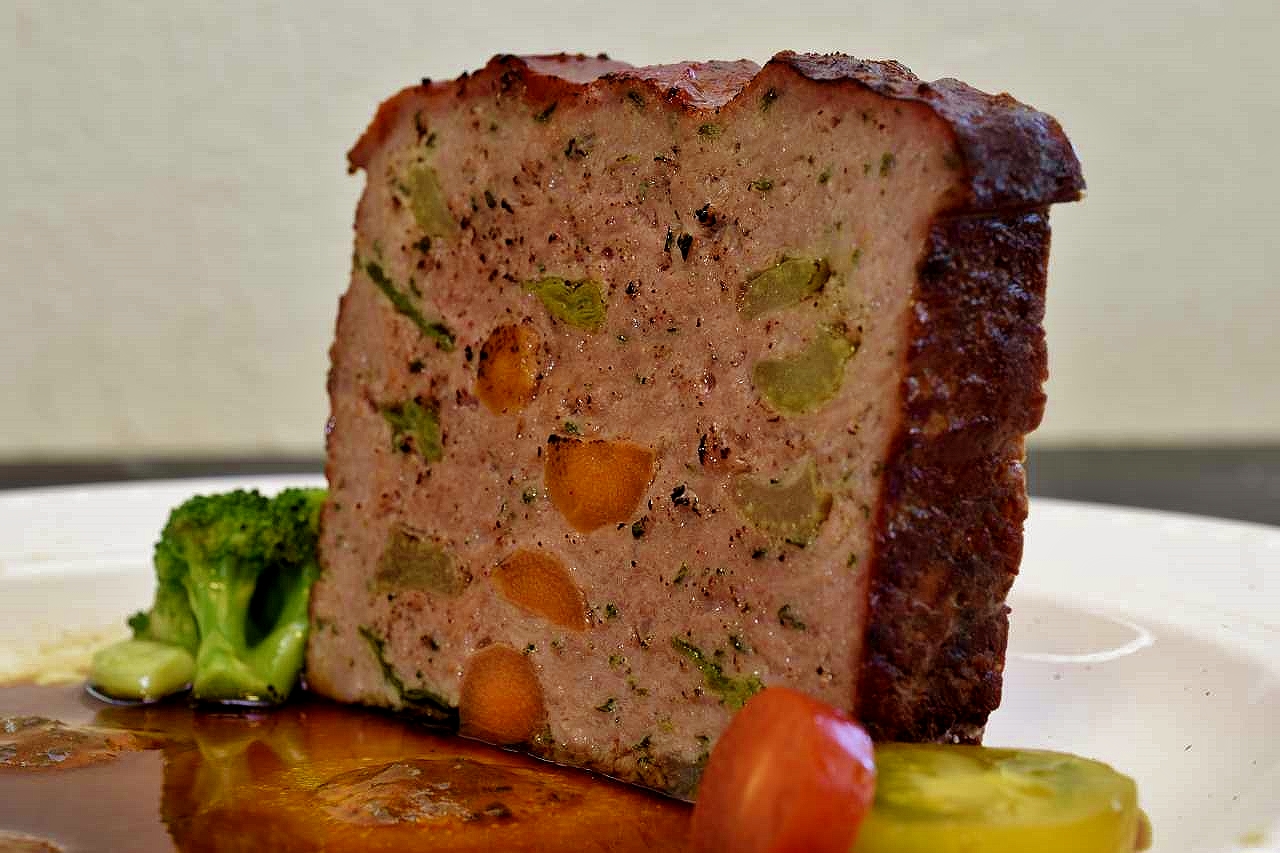
lightly seared
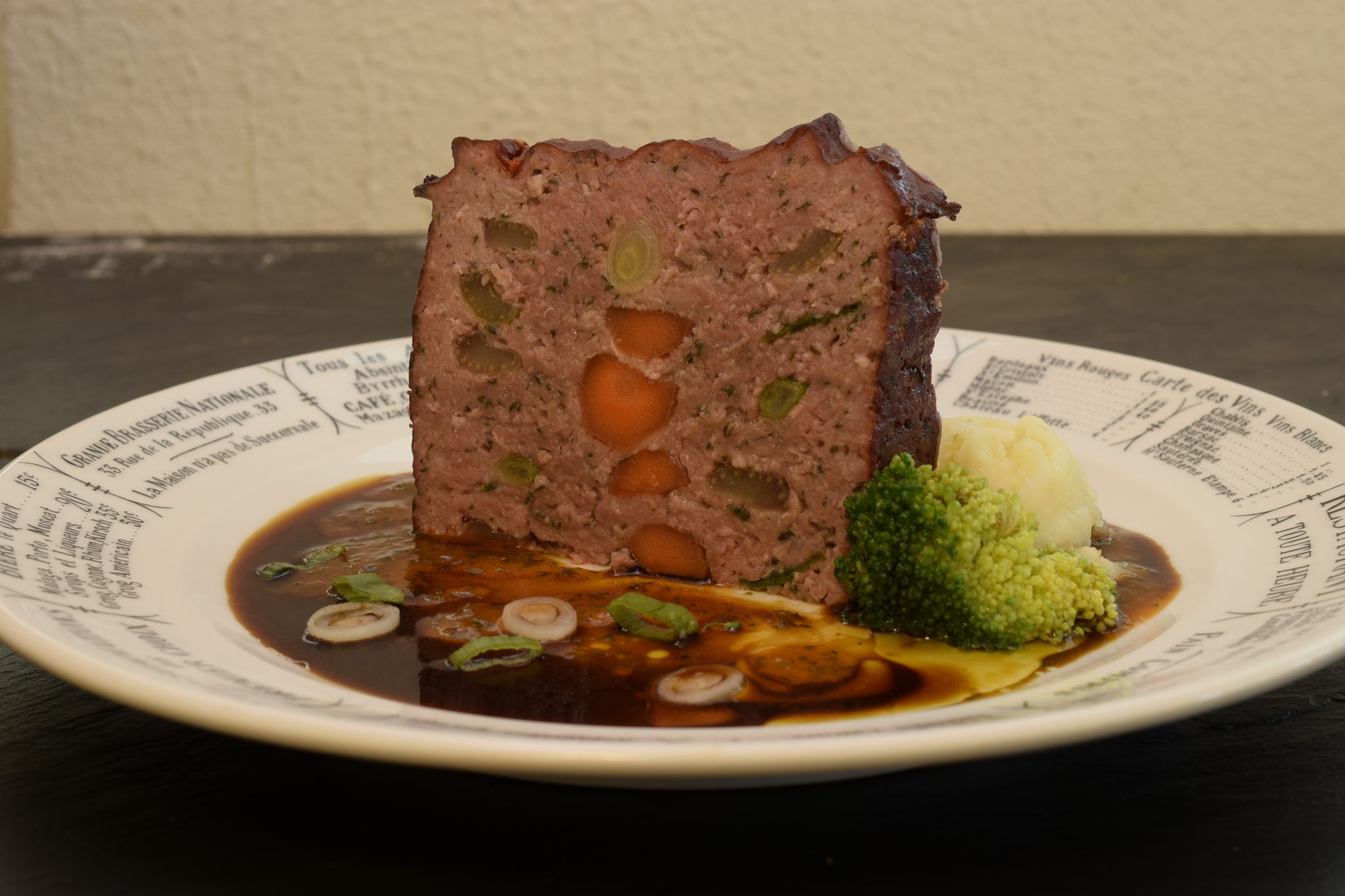 or not
or not

